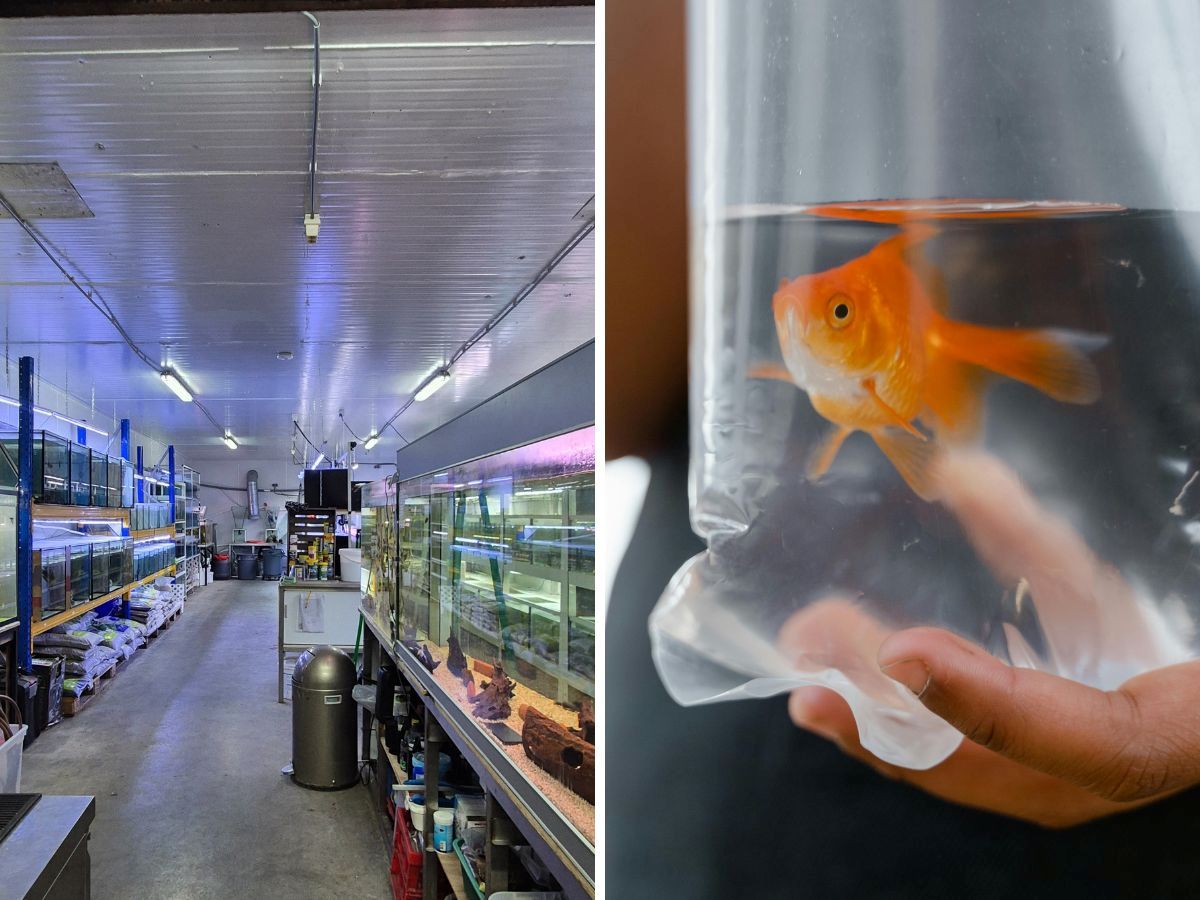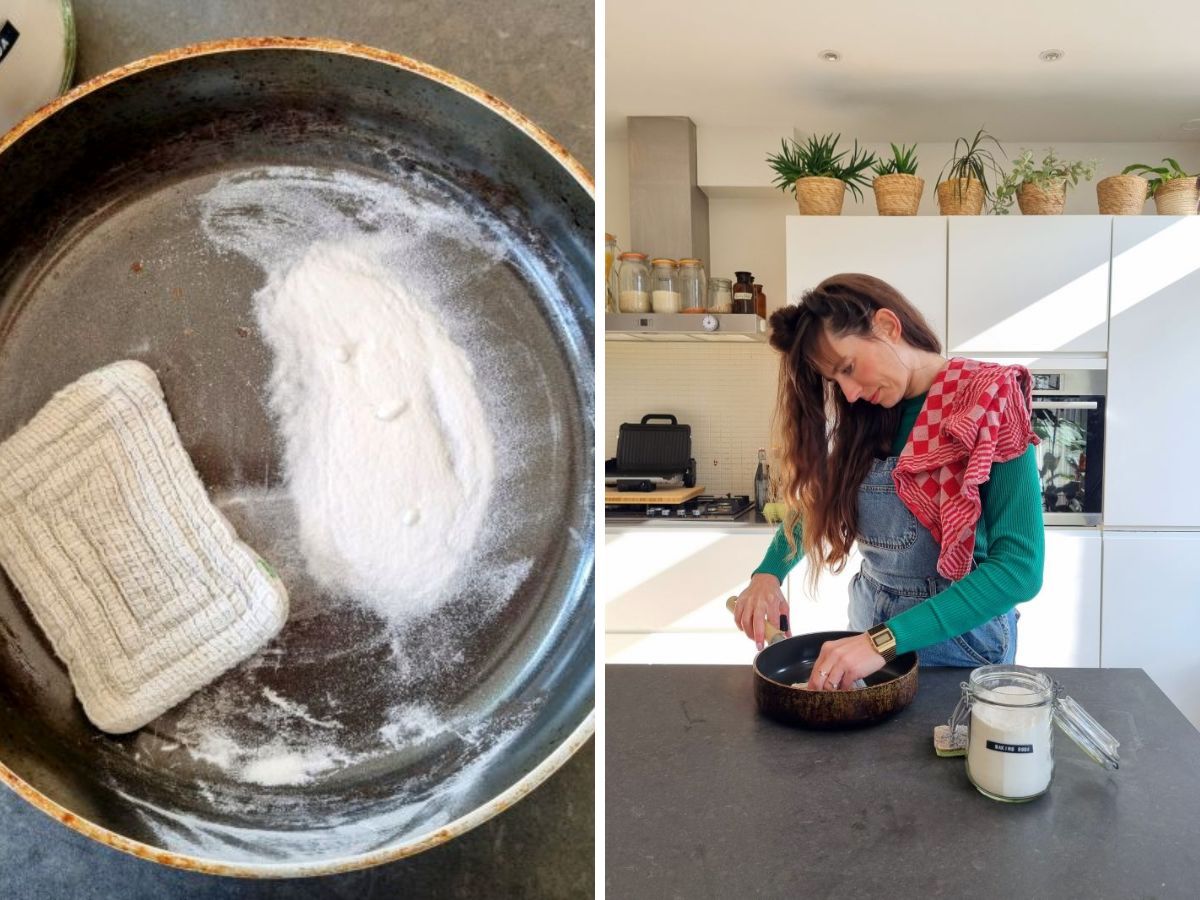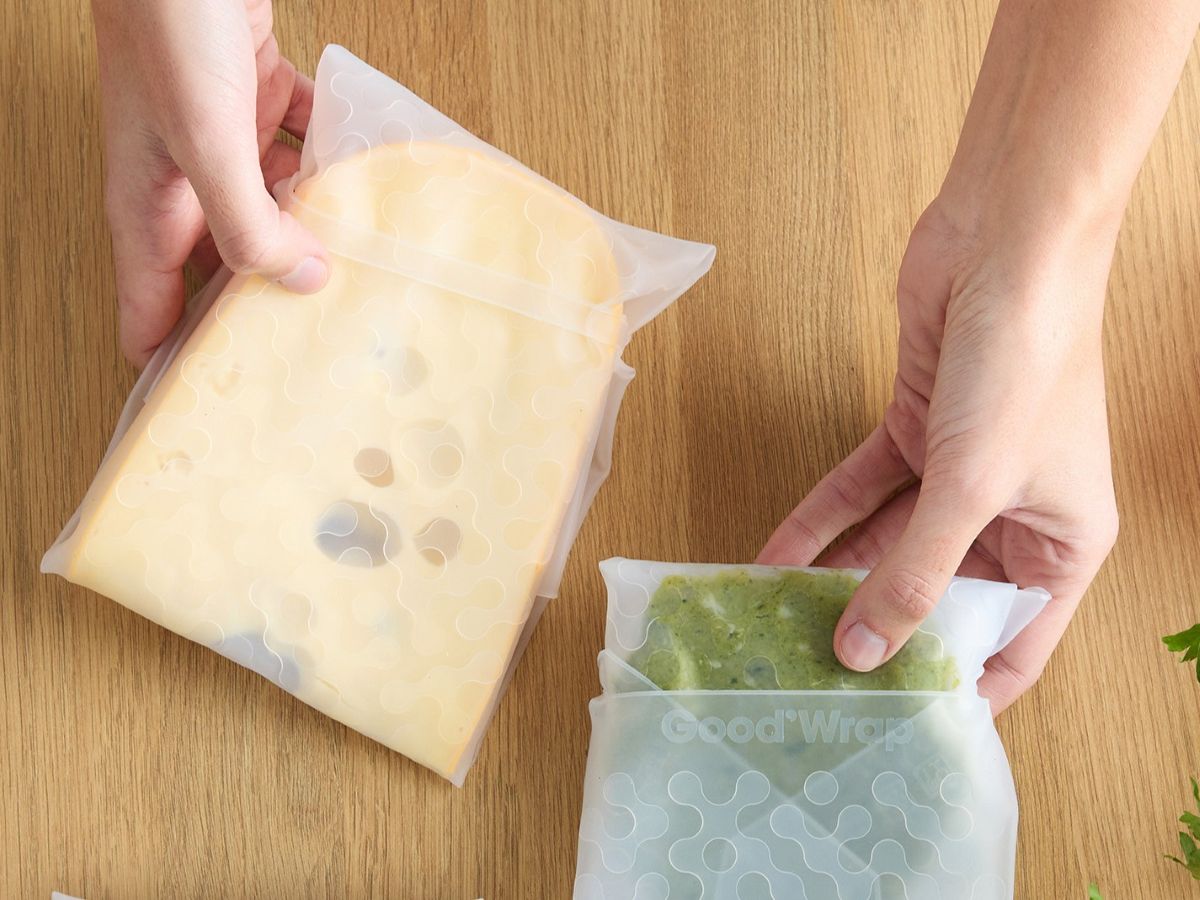Do you ever flush something down the toilet that really shouldn't be? A damp cloth, a tampon or that last bit of soup? The toilet is part of a waste stream you don't usually think about. Until it goes wrong. Because flushing the loo seems obvious, but a clogged sewer is a real mess. Literally! Saskia went out for a day with Jansen's sewer cleaners. Thanks to them, the sewer stays clean and we can continue to flush with peace of mind. Well, if we treat it a bit normally. Because in the toilet, only the three P's belong: poo, pee and paper.
This is how sewers clog
In cooperation with Waste Management Association
Without sewers, our daily life would be one big dirty mess. Everyone knows that, yet you rarely stop to think about it. If there is a blockage, an entire street can no longer go to the toilet. The rubbish then looks for another way: up! Or onto your pavement via a manhole cover. Not fresh, and above all unsafe and unhealthy. Because where is the sewage supposed to go if it has nowhere to go? In the past, it literally ran into the street - with all its consequences, such as cholera and other nasty diseases. Thankfully, modern sewers stop that from happening.
Yet we all regularly make a mess of it - funny pun. After all, a lot goes wrong in the sewers, and we have a big hand in that. We flush masses of wet wipes, which often contain plastic. These do not dissolve, get stuck and cause blockages. We have written extensively about wet wipes before. Moist buttocks cost the state some €55 billion a year, estimates industry association Rioned. Not only do sewer cleaners encounter them, they also clog filters at water treatment plants. A ban on those plastic toilet wipes? Good idea! There was a majority in the Lower House, but a motion unfortunately prevented the ban from passing.
(Deep-frying) fat is also a big problem: when you flush it down the drain or down the toilet, it is still warm and liquid. But in the cold sewer it solidifies - and then it becomes a sticky lump. Feminine hygiene products such as tampons and sanitary towels? Those definitely don't belong in the toilet either. Blockage guaranteed!
Not to mention the washing machine. Using lots of detergent may seem extra clean, but the opposite is true. Washing powder that does not dissolve well accumulates in the pipes and, together with grease and dirt, forms a kind of thick lump underneath. Those leftovers together form a goo that slowly but surely clogs up pipes. And sometimes that gunk gets so hard that a cutter has to be used to loosen it. Sewer cleaners there even have a nickname for the clumping together of wipes, grease, soap and rubbish: ‘sheep’. No idea why? When you see the pictures, you'll understand immediately. Thick grey lumps, fluffy in texture, but anything but soft or cuddly.
And so that makes the job of sewer cleaners quite... poopy. After all, sewers are designed for three things: poo, pee and paper. The rest? That gets stuck somewhere. Or it accumulates in bends and branches. And so once the water can't get out, you're literally in the shit.



So cleaning the sewer is a big job, because we flush things en masse down the toilet and sink that don't belong in there. The picture on the right shows what such a clog can look like: it is a tangle of wipes and grease (it is not called ‘sheep’ for nothing, because it looks like a sheepskin).
Tree roots also disrupt sewers
Not only wipes and grease cause misery in sewers. Tree roots are also notorious culprits. This is because they always grow towards water - and thus also towards sewer pipes. A small crack in the pipe is enough: roots wriggle in, grow further and make a leak bigger and bigger.
This is how we keep the sewers clean!
Once every five to six years, every street should have its turn. But in some neighbourhoods - where there is a lot of frying or generous sprinkling of detergent - the sewer cleaners are back on the pavement every two or three months. ‘There it is mopping up with the tap running,’ says Aram Jansen of Jansen Sewer Cleaning. We travel in the sewer truck to a street in Papendrecht to see how sewer cleaning works.
The spray hose enters the sewer and forcefully blows water forward, causing all the dirt to flow back to the car. There, a thick hose sucks it up. Inside the cleaning trolley is one large tank, cleverly divided: in the front the clean water for spraying, in the back the sucked-up dirt and sludge. The system immediately filters the aspirated sewage water, after which the purified water is reused. Thus, everything runs in a continuous cycle. So even when cleaning sewers, we are working hard to become more sustainable! So instead of using new water each time, the aspirated sewage is filtered and reused on site. This makes a huge difference. Because in the past, surface water from ditches was simply used. We thought it was normal then, but that's pretty crazy now - especially now that farmers are no longer allowed to use ditch water during drought because of the low groundwater level. Then it doesn't feel logical to use groundwater for sewer cleaning. Fortunately, that is no longer necessary, thanks to the recycle combis: trucks that reuse their own water over and over again.
To make sure everything is really clean, a special camera van also drives along. A camera is lowered into the sewer through a manhole cover, so that screens in the bus show exactly whether the dirt is really gone. Also nice: the bus drives electrically. So it stays a bit cleaner above ground too!
Proud of their silent powerhouse
The truck we drove with is not electric (yet), as the vehicle is too heavy for that. However, Jansen Sewer Cleaning is investigating how to make these vehicles electric in the future as well. But they are certainly already working on sustainability: their showpiece is the very first fully electric gully cleaner in the world. This vehicle drains street gullies. These are the pits along the pavement where rainwater and street dirt end up. This used to be done with a roaring diesel truck. Now it is a whisper-quiet machine, co-developed with Mercedes. Everything works digitally: from operation to registering what comes out of the gullies. That data is then analysed to work even smarter.
Insight into the sewer system in the Netherlands!
Not every sewer is the same. In the Netherlands, the subsoil varies enormously by region - and this is reflected in the way sewers are built. In South Holland, Gelderland and North Brabant, sewer cleaners work with different types of pipes, materials and conditions. In Nijmegen and Gorinchem, there are even still medieval sewers: masonry arches made of brick, handcrafted over a hundred years old. And it still looks amazingly good! Indeed, some modern systems are in worse shape. Disadvantage of those old sewers? They are harder to repair. In Gorinchem, there are even houses and monuments on top of them.
Soil also plays a big role. On the Utrechtse Heuvelrug, the sand is dry and stable - ideal, you would think. But there the groundwater is below the sewers. And that attracts tree roots. One small crack is enough for hair-roots to grow inside, with all its consequences. In other areas, such as around the major rivers, there is quicksand. There, the subsoil sinks quickly, causing the sewers to sink as well. Then the street remains neat, but the pipes underneath run crooked or break off. For sewer cleaners, it is therefore a daily puzzle and adjustment. Fortunately, nowadays they are equipped with smart techniques and machines - a big step forward compared to the old days, when the work had to be done with a cable and a shovel.
The cycle of sewage waste
Is there any recycling of what is spewed up from the sewers? The short answer: yes. The sand brought up from the sewers is cleaned and reused in road construction. But the rest, such as the clumped wipes and grease lumps, is residual waste. That is incinerated and, at best, converted into energy, for example for district heating.
This is how you keep the sewers clean!
If we all only flushed poo, pee and paper down the toilet, the sewer cleaners would have to turn out less often. And the water treatment plants will also have less work cleaning polluted sewage. Good for the environment, wallet and fresh air.
Want more handy waste tips? TrashTalks is the platform that makes waste understandable and fun, with practical tips and surprising facts. Follow them on Instagram And become a real waste expert at home.
Follow more waste streams!
- Also see: from gft to compost!
- Also see: The recycling journey of a deposit can.
- Also see: the recycling journey of glass.
Sources: NOS, NRC (14 January 2025), RTV Oost. Photo credits: thegreenlist.nl.












